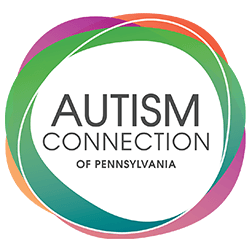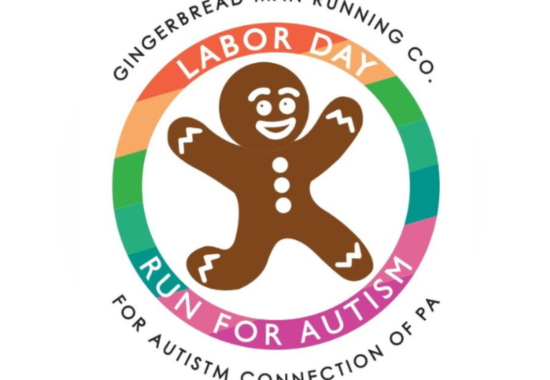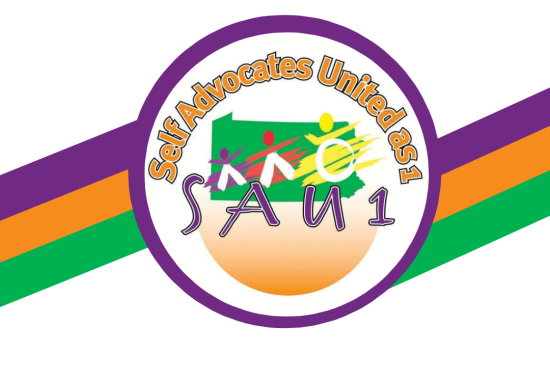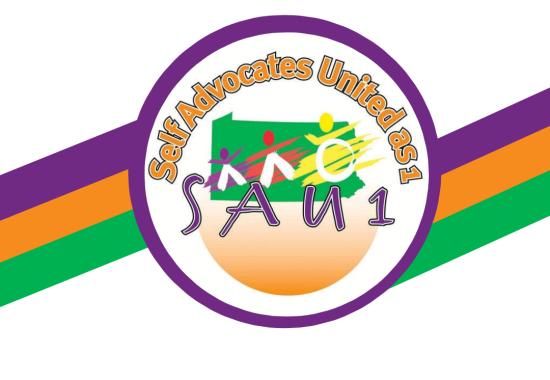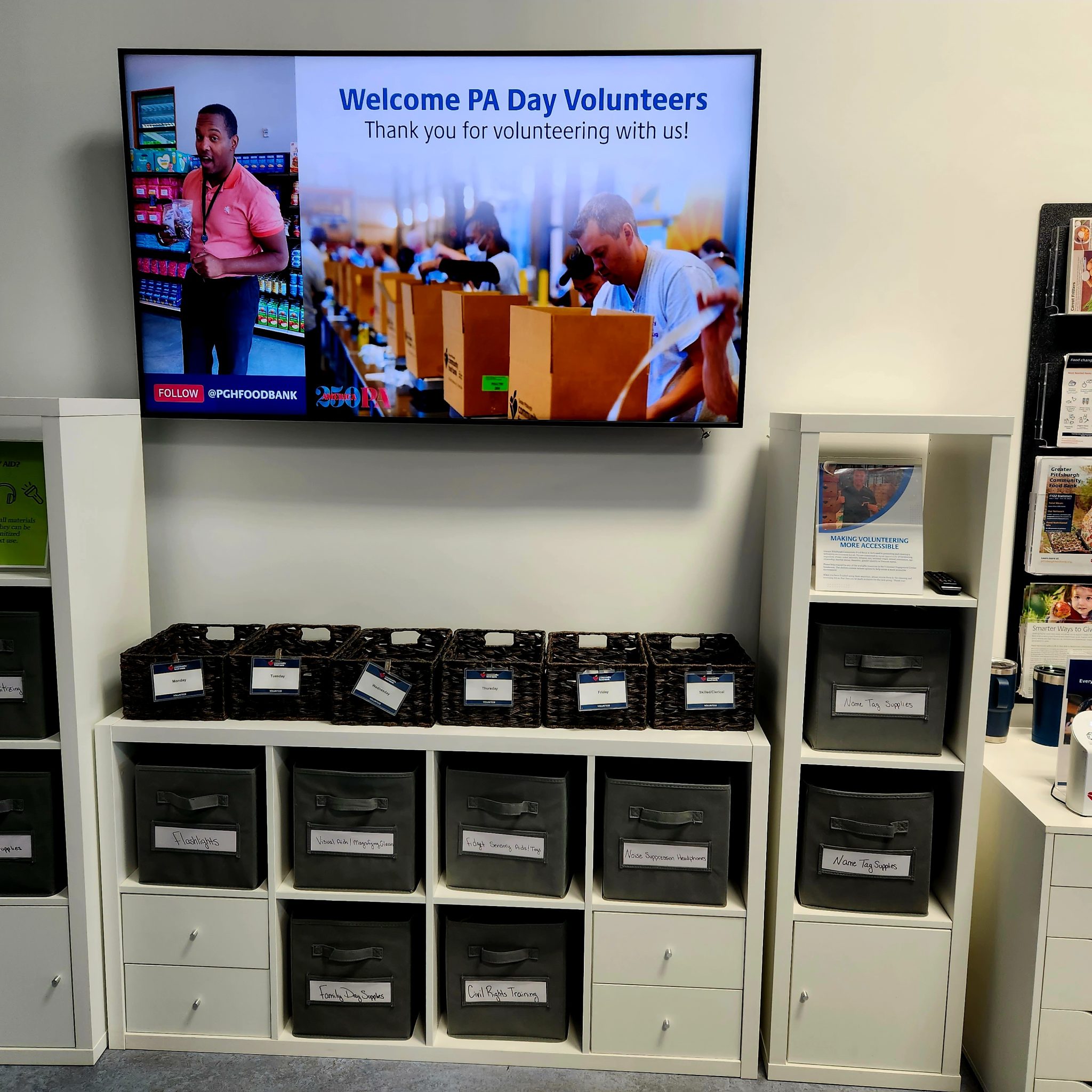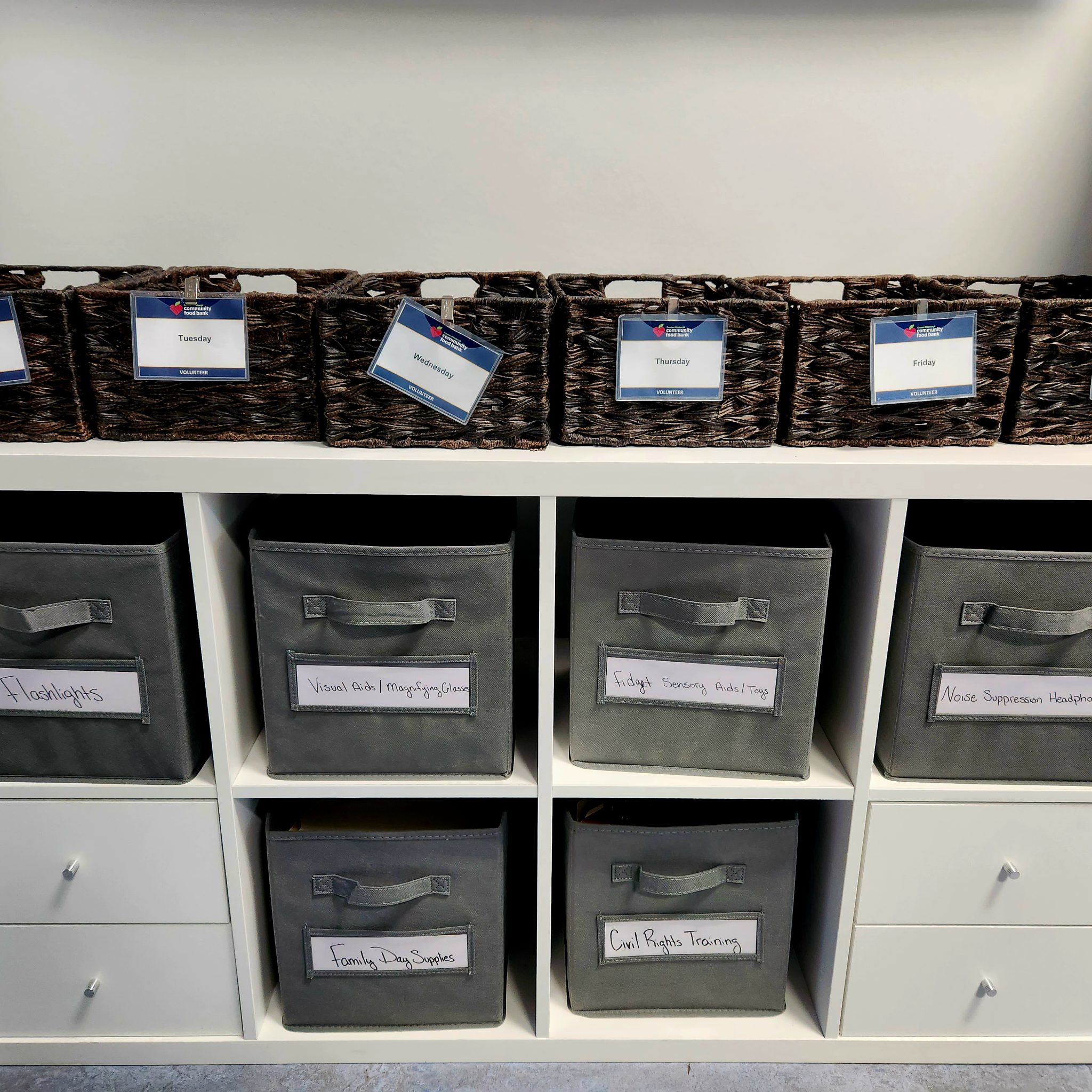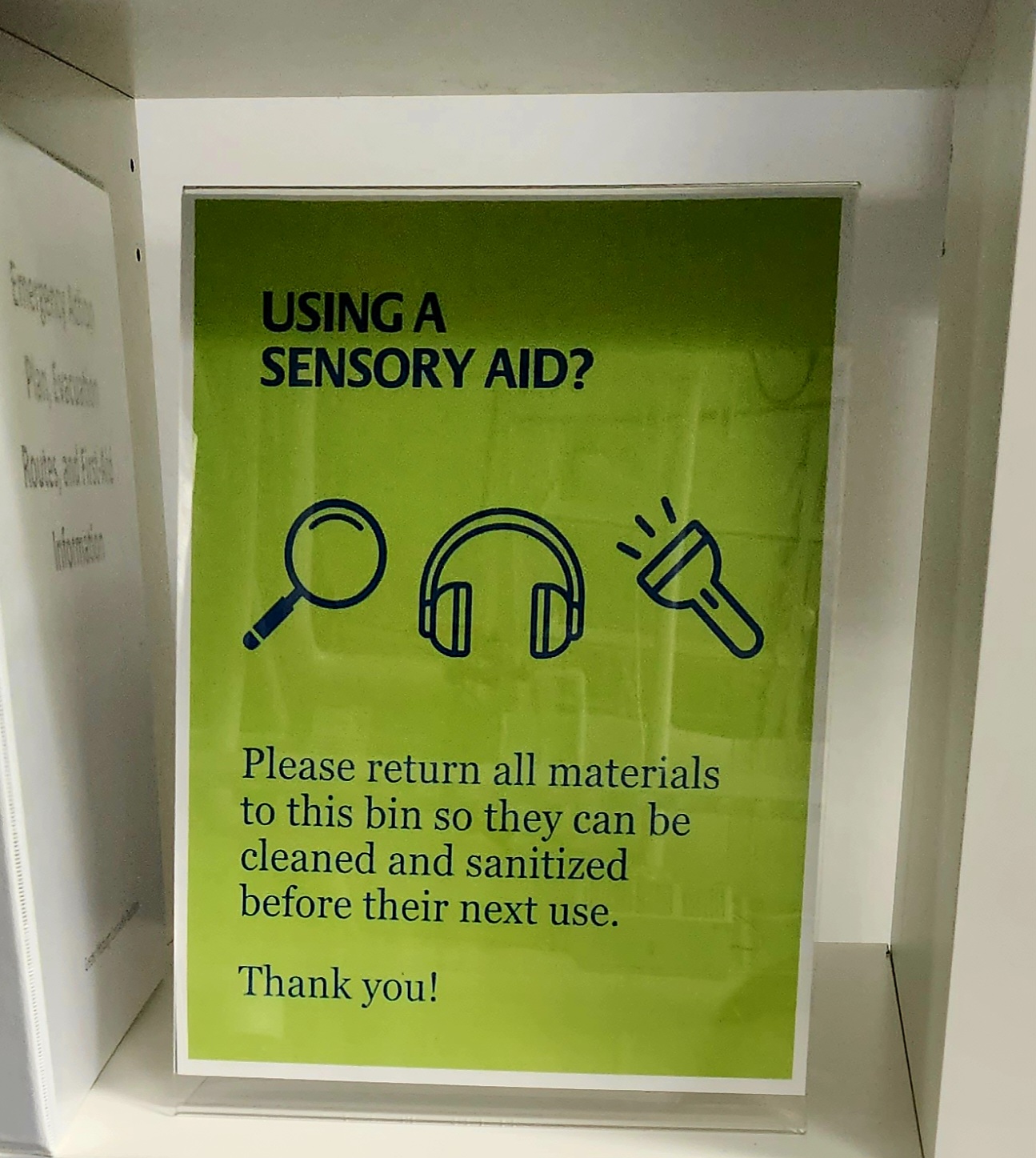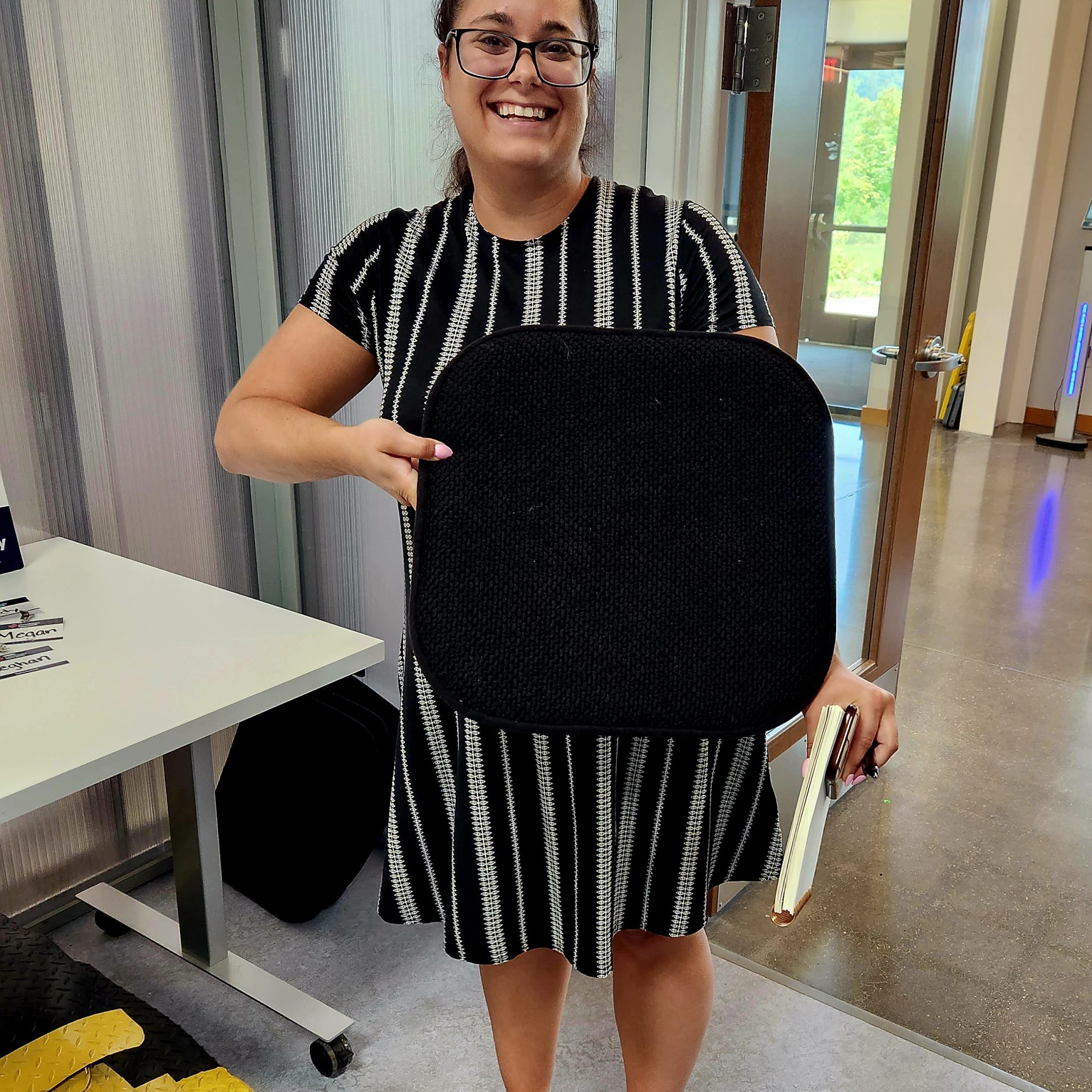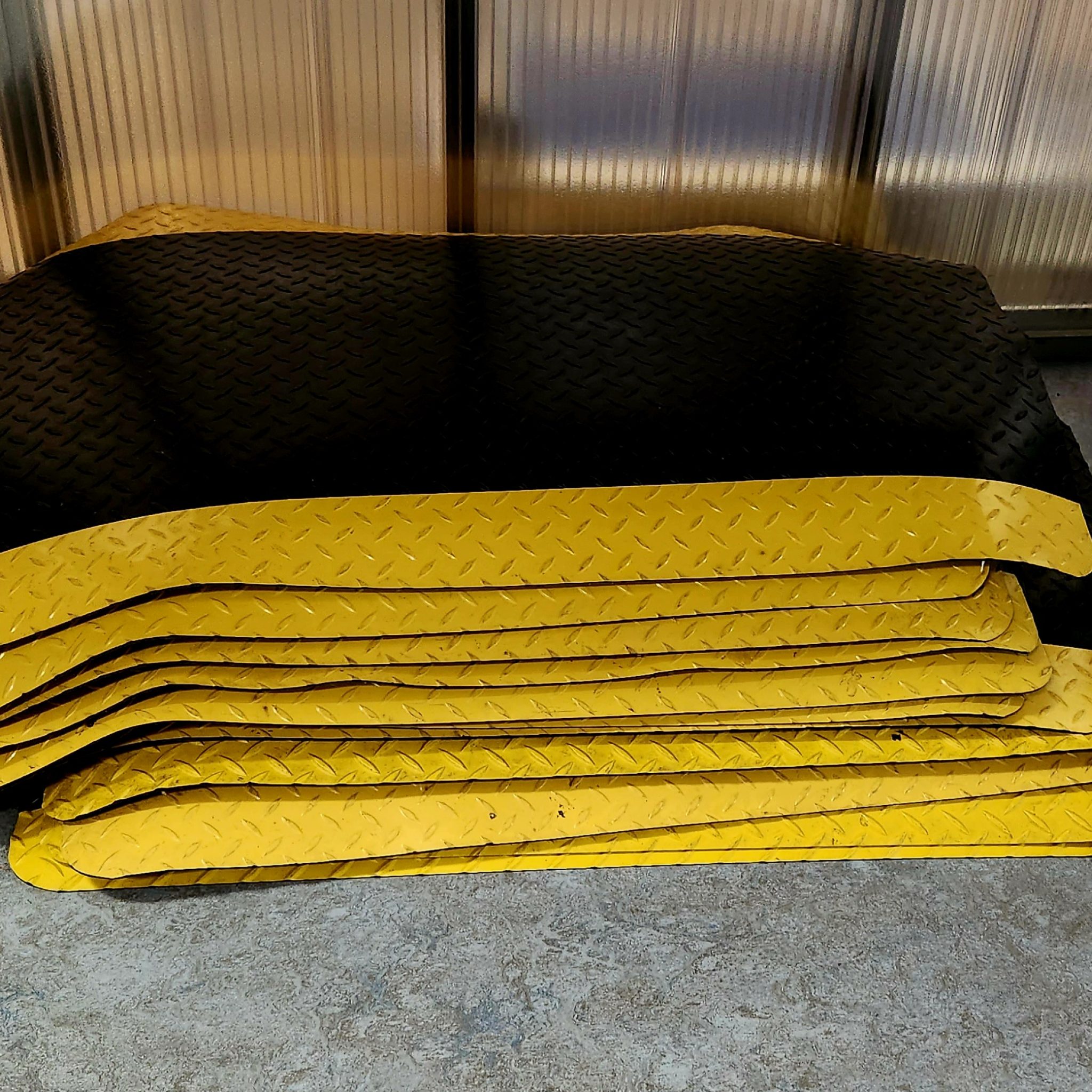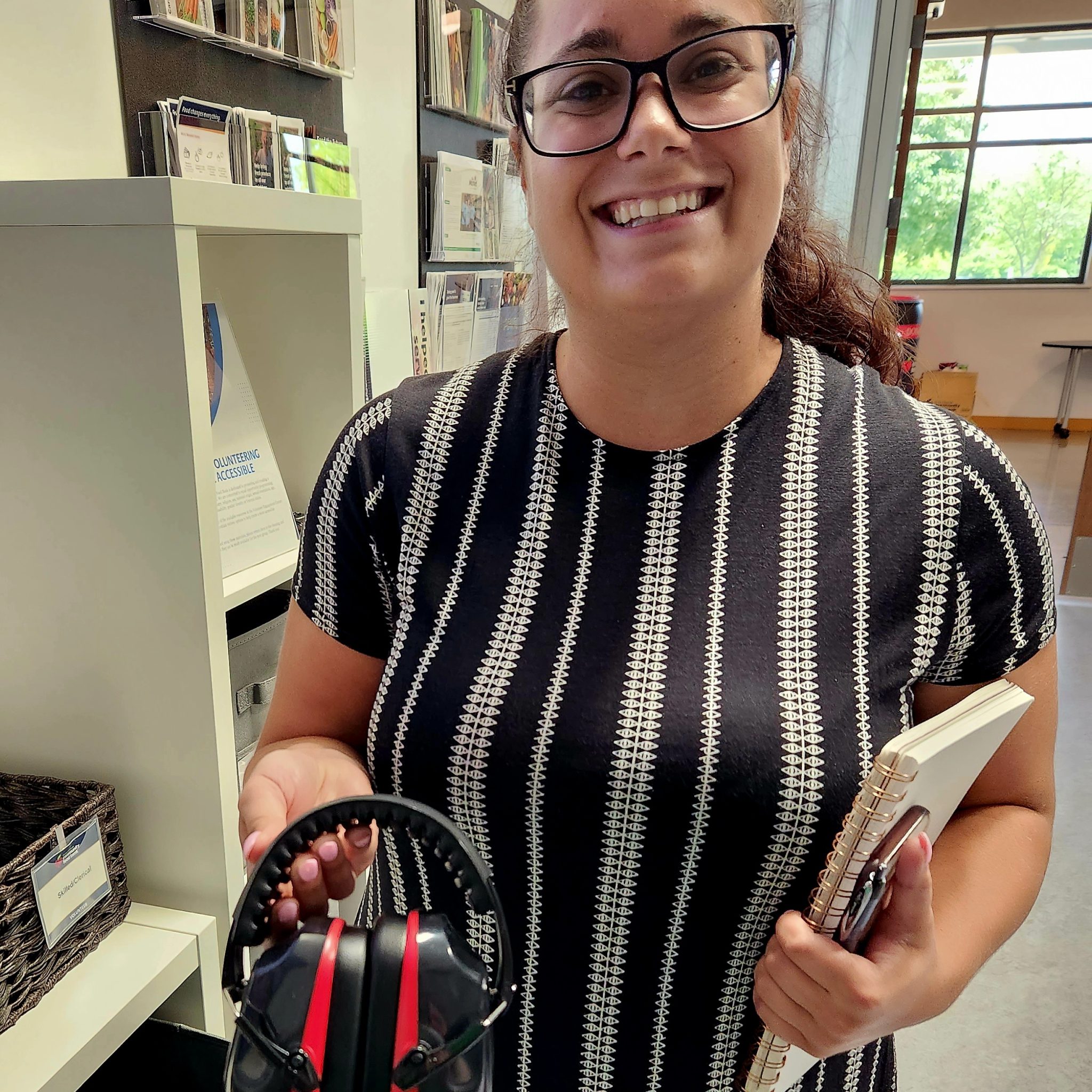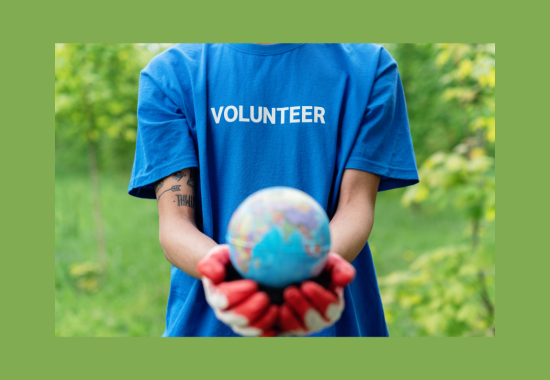Gingerbread Man Running Company presents the Labor Day Half Marathon on MONDAY September 4, 2023, that will benefit Autism Connection of Pennsylvania. A portion of the race proceeds will benefit ACOP.
They have events for the whole family. Runners can take on our half marathon course, 10k, or 5k.
Registration and parking will take place at the Youngwood Fire Department, with a short walk to the race start.
Race day registration will be through Run Sign Up only. No paper registrations accepted the day of the event.
Register Here!
The course will take place on the 5 Star Trail, connecting roads, and the wooded trail near WCCC.
Half Marathon Course: http://www.gmap-pedometer.com/gp/bookmark/view/id/7388658
10k Course: http://www.gmap-pedometer.com/gp/bookmark/view/id/7388726
5k Course: http://www.gmap-pedometer.com/gp/bookmark/view/id/7388688
There is a 3 1/2-hour cap on the half marathon and 10K, so both courses are a run-only course. Participants may walk or run the 5k course. Awards will go to the fastest time for runners. There are no separate awards for walkers.
The Half Marathon begins at 7:30, followed by the 5k and 10k shortly after. You must be registered by 8/15/2023 to be guaranteed race materials. Late registrations will be offered a water bottle or a shirt from previous year events. Half marathon participants will also receive a finisher medal. Awards will be given to the overall male/female finishers and the top age group finishers for each event.
Packet pickup information will be emailed a week before the race and posted on the Facebook event page.
